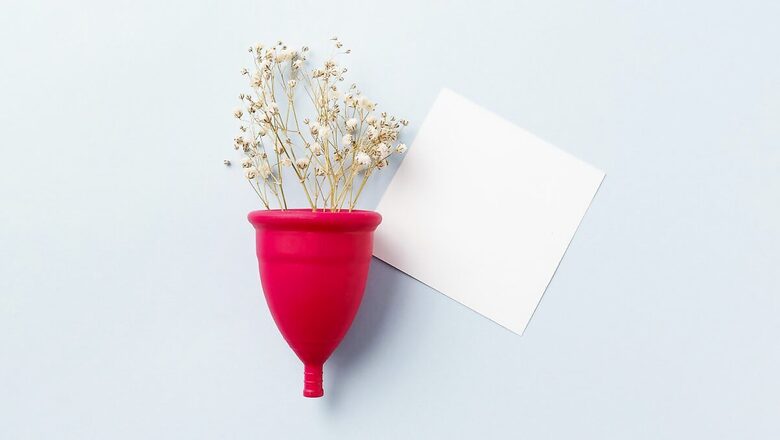
views
Menstrual cups is a menstrual hygiene device which is inserted into the vagina during menstruation or periods. It collects the menstrual fluid which is shed from uterus (mainly blood mixed with other fluids). Menstrual cups are usually made of flexible medical grade silicone, latex, or a thermoplastic isomer. They are shaped like a bell with a stem. The stem is used for insertion and removal, the bell shaped cup creates a vacuum against the vaginal wall and sits fit at vagina, just below the uterus and collects menstrual fluid.
Why not sanitary pads or tampons?
Sanitary pads or tampons are majorly made of wood pulp residue, super absorbent polymers, fragrant inducing materials, etc.
These materials are further treated with chemicals to absorb the menstrual blood and convert it into a paste or a jelly like material, which stays on the pad or tampon. This paste shortly starts attracting bacteria which leads to foul smelling
discharge during mensus and recurrent vaginal infections. There also maybe constant irritation and rashes of the skin around the vagina. There are also reports of severe pelvic infections and complex mixed bacterial fungal infections reported with the use of prolonged pad usage.
Menstrual cups maintain the consistency of the blood as it is, in its natural liquid form which does not irritate the vagina. There is no artificial chemical usage or any irritants used, which makes cups safer for women to use with no health risks reported.
Why menstrual cups?
One of biggest non-medical benefits are that they are re usable upto even 10 years. They have to be simply removed, rinsed and re-inserted every 4-12 hours based on the flow.
Apart from the medical benefits, cups are environment friendly since they help to reduce solid waste. Some disposable menstrual pads and plastic tampon applicators can take 25 years to break down in the ocean and can cause a significant environmental impact.
There are various types and sizes of cups in the market available today. Please meet your gynecologist to discuss more about menstrual cups and which one is the right fit for you.
Read all the Latest Lifestyle News here




















Comments
0 comment